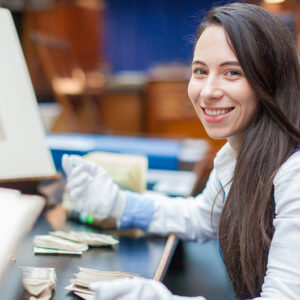The members of The Courtauld’s Early Modern section are committed to innovative teaching about and research into a very wide range of topics and themes pertaining to Eurasian arts in all media as well as architecture and urbanism, from the sixteenth through to the mid-nineteenth century. The section’s title does not presume any one definition of the ‘modern’ and understands early modernity through the lens of the specific historical trajectories and geographical locations. The Early Modern reflects the complicated reality of an era marked by the first phase of global interconnectedness, unprecedented technological change, religious upheaval, and radically new conceptions of the relationship between the individual and the state, new constellations of economic and social collectives, and ideologies that also remained firmly rooted in the values and myths of the past. The Early Modern section is further distinguished by its emphasis on innovative methodologies that transcend nation-based boundaries of art history to include transregional, crosscultural and multi-disciplinary perspectives.
The section runs a regular series of research seminars, which provide a forum for the presentation of work by scholars at different stages of their careers from doctoral candidates to senior academics. We regularly organise conferences and study days which complement the seminars and regular talks by leading scholars from the UK and elsewhere.
The Courtauld’s own book library has particularly strong holdings in the early modern field. Apart from an important group of seventeenth-century publications on art and architecture bequeathed by Anthony Blunt, students and other researchers have access to the microfiche of the Deloynes Collection of eighteenth-century French art criticism, as well as to the largest single collection of press cuttings (both originals and microfiche copies) relating to the early exhibitions of the Royal Academy. The Courtauld website Picturing the Netherlandish Canon provides access to a crucial early modern publication on Netherlandish art and culture: Hendrick Hondius the Elder’s 1610 publication of 68 portrait prints of artists.
The Courtauld is also fortunate to possess truly exceptional photographic resources, still not superseded by digital resources: the Witt Library, an unsurpassed collection of photographs of works of art, and its equivalent for architecture and sculpture, the Conway Library, in which British works are particularly well represented. The libraries’ photographic collections span a wide geography including urban and architectural views from Morocco to India.
Thanks above all to the Princes Gate Collection, The Courtauld Gallery possesses a world-class collection of seventeenth-century Flemish paintings, supplemented by important holdings in English and Italian art from c.1600 to 1800; the Gallery’s enormous collection of works on paper is also especially strong in the early modern field, and offers innumerable opportunities for original research.
Within walking distance are the marvellous resources of the Warburg Institute library, as well as the best specialist library on British art and architecture, at the Paul Mellon Centre for Studies in Bedford Square. Sir John Soane’s Museum, which has an unparalleled collection of European architectural drawings of the period, is also minutes away from The Courtauld Institute of Art (as are the National Gallery and the National Portrait Gallery). The British Library furthermore houses one of the greatest collections of manuscripts from the Islamic world with a strong emphasis on early modern Persian and Indian holdings. These of course are in addition to London’s many outstanding research libraries: the British Library, the National Art Library at the Victoria & Albert Museum, and University of London Library, to name but the most obvious examples.
Teaching within the Early Modern section is directed by the research interests of its teachers, whether permanent members of staff or the visiting lecturers who allow us to expand what is already a wide range of methods, themes, and topics. Teaching, in turn, informs our research. Our teaching is dedicated to preparing students at all levels, from undergraduates to doctoral candidates, to join the ongoing and lively scholarly conversation about the art and architecture of an era which from our present-day perspective is as alien as it is familiar. The ‘early modern’ offers enormous scope for interrogating the relationships between works of art and the societies which both produced them, and were changed by them.
Early Modern Faculty
PeopleProfessor Sussan Babaie
Professor in the Arts of Iran and Islam

Dr Emily Mann
Lecturer in Early Modern Art
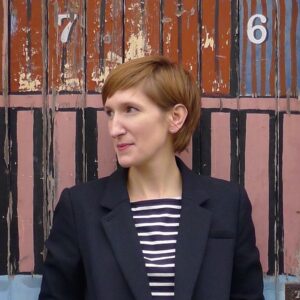
Dr Sheila McTighe
Honorary Research Fellow
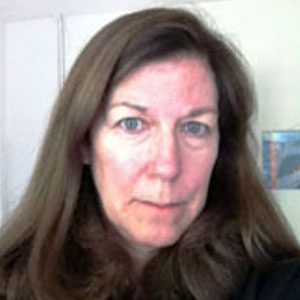
Professor Katie Scott
Professor in the History of Art

Professor Christine Stevenson
Professor of Early Modern Art and Architecture
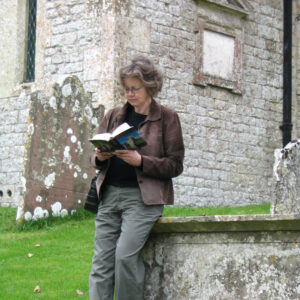
Dr Stephen Whiteman
Reader in the Art and Architecture of China

Professor Joanna Woodall
Professor Emerita
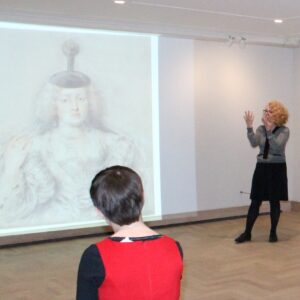
Associate Lecturers
Research in Early Modern
Find out more about the ongoing research into Early Modern at The Courtauld and how you can get involved.
Research in Early Modern
Recent Teaching in Early Modern
BA1 Courses
The courses offered change from year to year, but recent early modern offerings have included:
- Looking at the Overlooked: an introduction to early modern still life
Taught by Thomas Balfe - Display as Discourse: Persian Manuscripts in London Collections
Taught by Melanie Gibson (2016-17) and Sussan Babaie (2013- ) - The Possibilities of Portraiture
Taught by Naomi Lebens - Hogarth in London
Taught by John Chu - Rubens in Paint and Paper
Taught by Caroline Rae
BA2 Courses
- From Shiraz to Beijing: Persian Arts in the Global Fifteenth Century
Taught by Sussan Babaie, Melanie Gibson and George Manginis - Arts in Italy 1580-1680: Mass Culture, Innovation and Censorship
Taught by Sheila McTighe, Anita Sganzerla and Giulia Weston - Power and Patronage: Buildings, Books and the Courtly Arts for the House of Timur
Taught by Sussan Babaie
BA3 Courses
- Mughal Painting 1555-1748
Taught by Ursula Weekes - Representing Nature in Early Modern Europe
Taught by Thomas Balfe - Caravaggio & Caravaggism in 17th-century Painting
Taught by Sheila McTighe
Postgraduate Diploma
- Rococo to Revolution: Painting and Sculpture in France c.1715-1790
Taught by Katie Scott - Seventeenth-century Art in Italy, Spain and France
Taught by Sheila McTighe
MA
- Art, Object, Sense: Crossings in the Anthropology and Art History – the case of eighteenth-century France
Taught by Katie Scott - Bodies of Knowledge in the Early Modern Netherlands, c. 1540 – c. 1660
Taught by Joanna Woodall - Made in Britain: Forging a Visual Art for a Nation at War, 1793-1815
Taught by David Solkin and Mark Hallett - Modernity and Antiquity in British Architecture, 1615-1815
Taught by Christine Stevenson - Persian Painting and Transcultural Visuality: from the Mongols to the Safavids (14th-17th Centuries)
Taught by Sussan Babaie - Print Culture and the Early Modern Arts in Italy, France and Spain
Taught by Sheila McTighe
